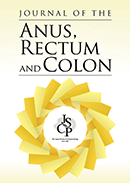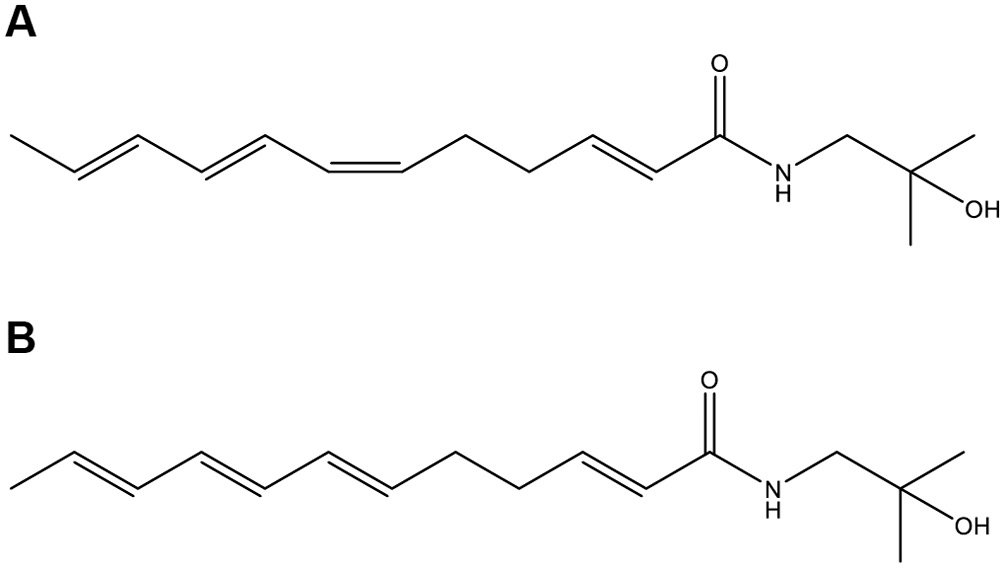Volume 7, Issue 3
Displaying 1-12 of 12 articles from this issue
- |<
- <
- 1
- >
- >|
Original Research Article
-
2023Volume 7Issue 3 Pages 140-149
Published: July 25, 2023
Released on J-STAGE: July 25, 2023
Download PDF (467K) -
2023Volume 7Issue 3 Pages 150-158
Published: July 25, 2023
Released on J-STAGE: July 25, 2023
Download PDF (290K) -
2023Volume 7Issue 3 Pages 159-167
Published: July 25, 2023
Released on J-STAGE: July 25, 2023
Download PDF (333K) -
2023Volume 7Issue 3 Pages 168-175
Published: July 25, 2023
Released on J-STAGE: July 25, 2023
Download PDF (256K) -
2023Volume 7Issue 3 Pages 176-185
Published: July 25, 2023
Released on J-STAGE: July 25, 2023
Download PDF (430K) -
2023Volume 7Issue 3 Pages 186-195
Published: July 25, 2023
Released on J-STAGE: July 25, 2023
Download PDF (991K) -
2023Volume 7Issue 3 Pages 196-205
Published: July 25, 2023
Released on J-STAGE: July 25, 2023
Download PDF (199K) -
2023Volume 7Issue 3 Pages 206-213
Published: July 25, 2023
Released on J-STAGE: July 25, 2023
Download PDF (427K)
Case Report
-
2023Volume 7Issue 3 Pages 214-216
Published: July 25, 2023
Released on J-STAGE: July 25, 2023
Download PDF (444K) -
2023Volume 7Issue 3 Pages 217-220
Published: July 25, 2023
Released on J-STAGE: July 25, 2023
Download PDF (794K)
How I do it
-
2023Volume 7Issue 3 Pages 221-223
Published: July 25, 2023
Released on J-STAGE: July 25, 2023
Download PDF (333K)
Erratum
-
2023Volume 7Issue 3 Pages 224
Published: July 25, 2023
Released on J-STAGE: July 25, 2023
Download PDF (89K)
- |<
- <
- 1
- >
- >|











